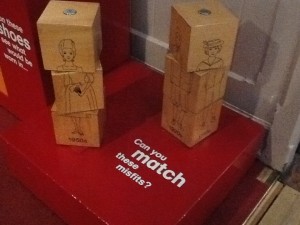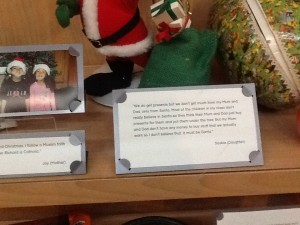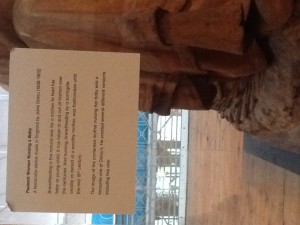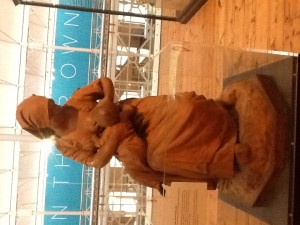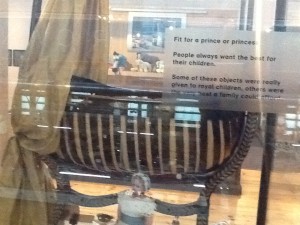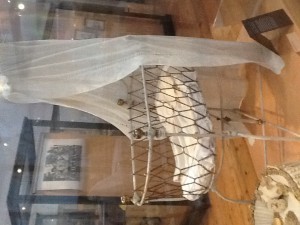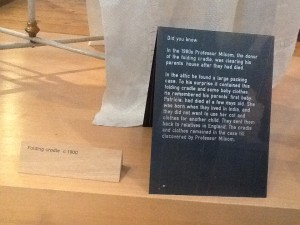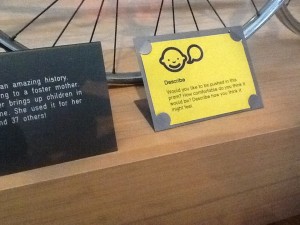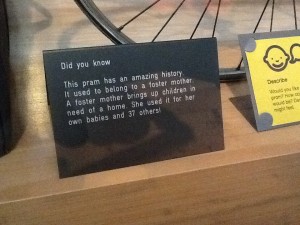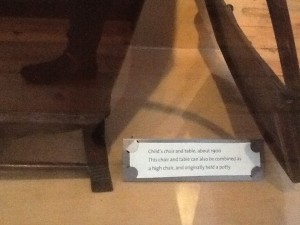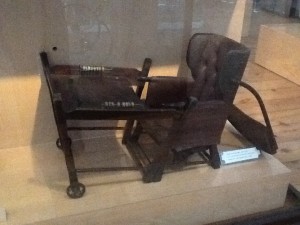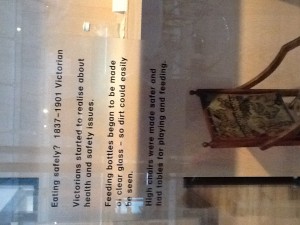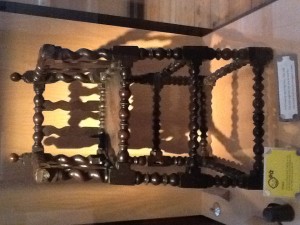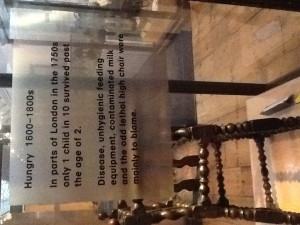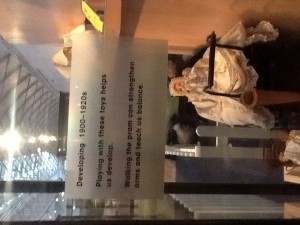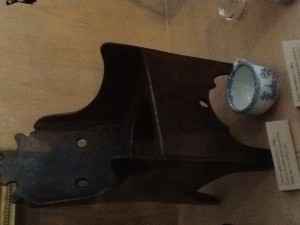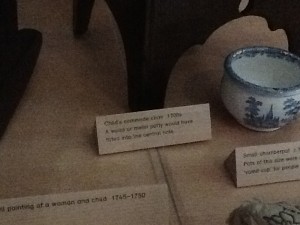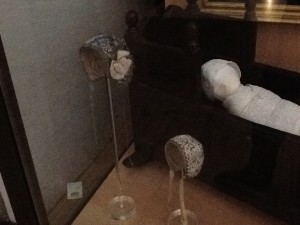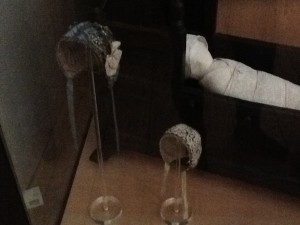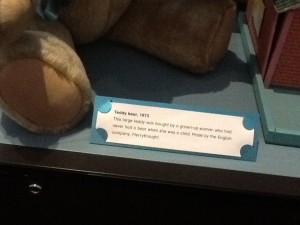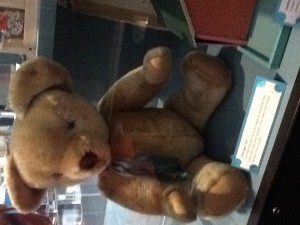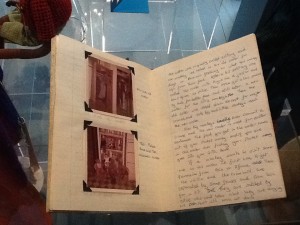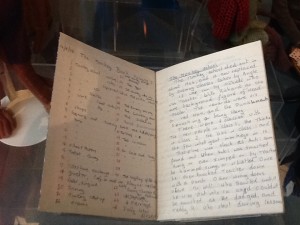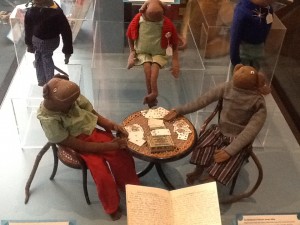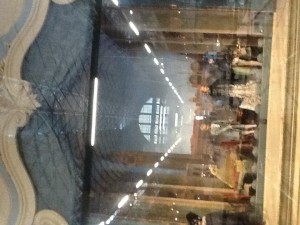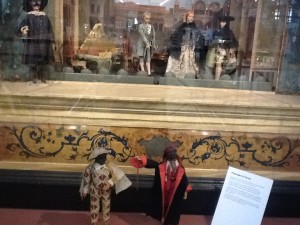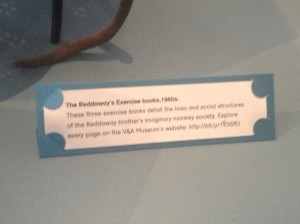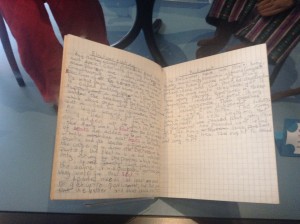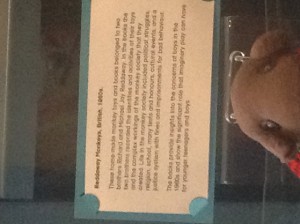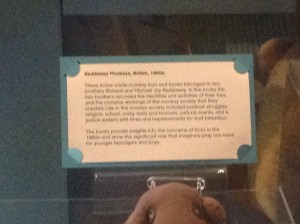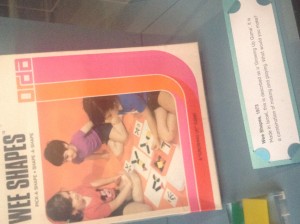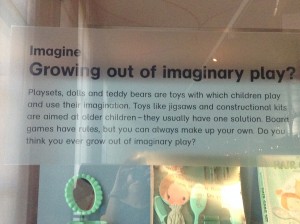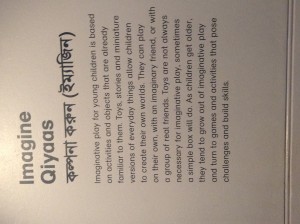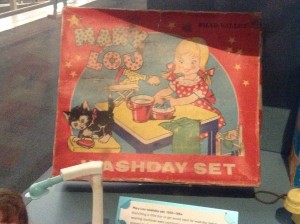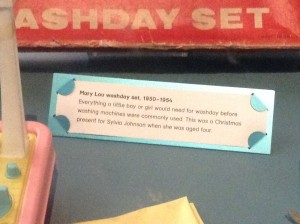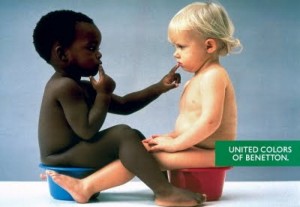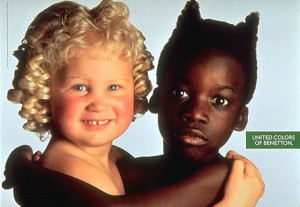Writing in 1997, Richard Flynn draws the state of the art of our field of interest. Even though by the time the study of children literature had already become institutionalized, he denounces its persistent marginality and its reputation as “a form of academic transgression.” (144) Namely, he places emphasis on the struggle that scholars working on children literature had (and nowadays still have) to endure in order to be taken seriously.
According to Flynn, it is particularly important to investigate the concept of childhood as both a contested and elusive site, it being “a wonderfully hollow category, able to be filled up with anyone’s overflowing emotions.” (143) He thus calls for a reconfiguration of the field and a broadening of its scope to enrich both the value of the scholarship it produces and its visibility. His recipe to achieve this goal is “to draw on the finest work in the field of children’s literature by emphasizing its major theoretical concerns and bringing those concerns to bear on other literary, cultural, and social texts” (144). In other words, Flynn encourages an interdisciplinary approach that places the child, rather than a specific discipline, at the center of the discourse. He thus dismisses the dichotomy proposed by British scholar Peter Hunt – to whom he is responding with this piece – between “book people” and “child people”. He underlines how the complexity of childhood as a social and cultural construct can only be efficiently investigated through the employment of a multiplicity of perspectives.
The class readings we have been engaging with over the past few weeks point to the fact that the advices dispensed by Flynn almost twenty years ago had a positive impact on the field. I think for example of groundbreaking texts such Rachel Bernstein’s Racial Innocence (2011) and Joseph Thomas’s Playground Poetry (2007), each drawing and reaching out to disciplines outside of the literary realm, such as visual studies, performance studies, and political history. Even more so has done Kenneth Kidd in Freud in Oz (2011), by distinctively bringing into dialogue psychoanalysis and children literature. It would be interesting to find out if and how scholars working in other disciplines – e.g. cognitive science, psychology, and communication sciences – have reciprocated this interest by reaching out to (and/or including) children’s literature in their scholarship. Furthermore, despite this (relatively) newly found interdisciplinary verve, our class discussions have left me under the impression that committing to children’s literature as one’s primary field of scholarly interest still ignites dreadful fears of inadequacy – more precisely, of not being taken seriously both within the academia and outside it. That is particularly puzzling, considering the importance attributed to the realm of childhood in the great majority of fields of study. Why is that different in the domain of literature? What puts babies (and children) in the corner – pun intended – in English Departments? Is the investigation of children culture really deemed as empty of social and practical consequences?
In his manifesto, Flynn also calls attention to the representation of children in literary works for adults. He does so by bringing up the ambivalent figure of Pearl in Hawthorne’s The Scarlet Letter, which synthetizes the ambivalence that has characterized the discourse on childhood from the Romantic period up to the present-day. The tension between the conception of the child as “good seed/bad seed” (143) is one that scholars in childhood studies must embrace, for the friction between such contradictions generates sparks and ambiguities worth investigating. The broadening of the scope of our research to the representation of children in texts that are not primarily aimed at them finds me in complete agreement. Children are equally exposed to those representations, especially when it comes to media they can access freely and independently (such as television, or digital platforms). Most importantly, despite the identity of the audience – be it readership or viewership – those cultural artifacts are also places where the concept of childhood is constructed. In other words, the way children are depicted and treated in cultural artifacts aimed at adults also determines the way in which society conceives and perceives childhood.
Flynn thus blurs the line between the binaries that have characterized the field: between adults and children; between past and contemporary texts (he very cleverly underlines that not only the understanding of historical childhood is problematic, as it needs to be screened through contemporary lens, but also that of the present); and, most importantly, he reconciles the figures of “book people” and “child people”, a compromise necessary to gain the institutional power required to “offer significant and powerful corrective to the dominant educational ideologies that threaten children’s legacy and ability to think” (145). His recommendations for the future of childhood studies remind me of the goals set by Stuart Hall for British Cultural Studies. Like Hall, Flynn believes the theoretical in need of being strongly and necessarily tied to a political and practical mission that would redeem the reputation of our work as empty of consequences.


